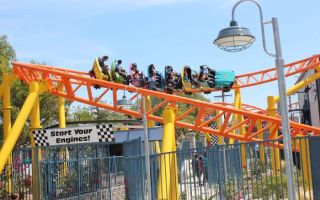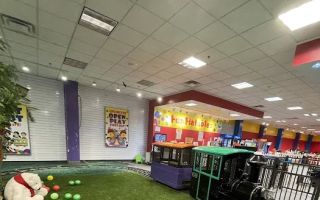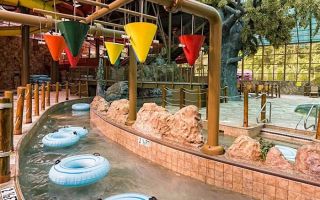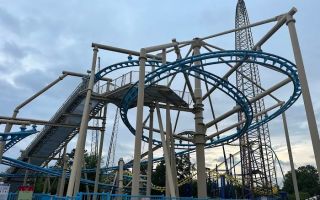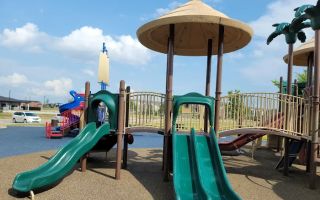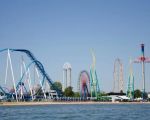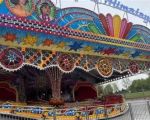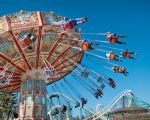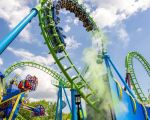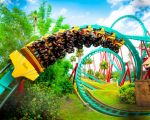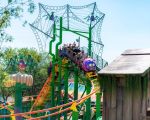Safety Overview of Amusement Parks
The question is it safe to go to amusement parks is common among families, thrill-seekers, and casual visitors alike. Amusement parks have evolved significantly over the past decades with advances in technology, engineering, and regulatory oversight improving ride safety and overall guest security. However, the perception of risk remains a concern, especially given occasional media coverage of accidents.
In the United States, amusement parks are subject to strict safety standards enforced by organizations like ASTM International and various state regulatory agencies. These standards cover everything from ride design and maintenance to staff training and emergency preparedness. While no environment is entirely risk-free, modern amusement parks invest heavily in mitigating hazards to ensure that millions of visitors enjoy a safe and memorable experience each year.
Common Safety Measures at Amusement Parks
Amusement parks implement numerous safety protocols to protect guests. Routine ride inspections and maintenance are mandated daily or even more frequently for high-capacity rides. Operators receive extensive training on emergency procedures and guest handling to reduce human error.
Additionally, many parks utilize modern technology such as sensor-based ride monitoring, automated restraint checks, and surveillance cameras. Crowd control measures, clear signage, and staff presence help prevent accidents related to overcrowding or misbehavior.
Health and sanitation protocols have also become more rigorous, especially following the COVID-19 pandemic. Many parks now require mask-wearing in indoor areas, increased hand sanitation stations, and contactless payment options, all contributing to visitor safety.
Risks Associated with Visiting Amusement Parks
Despite these precautions, certain risks persist in amusement parks. Mechanical failures, although rare, can happen and may lead to ride malfunctions. Guest behavior such as ignoring safety instructions or health warnings can increase the chance of injury.
Environmental factors like weather conditions can also impact safety. High winds, rain, or extreme heat pose additional challenges both for ride operation and visitor well-being.
It's important to acknowledge that while incidents are newsworthy, statistically amusement park injuries are low compared to the vast number of visitors. Being aware of these risks helps visitors prepare and take personal responsibility for their safety.
Case Studies and Incident Analyses
Examining real-life incidents provides insight into how amusement parks handle safety challenges. For instance, an incident at a major theme park in 2019 involving a ride malfunction prompted immediate investigation and policy revisions. The park enhanced its daily safety checks and increased operator training following the event.
Conversely, many parks have successfully managed high visitor volumes during peak seasons without major incidents by employing robust safety and crowd management protocols. These examples demonstrate the industry's commitment to continuous improvement.
Stories from visitors often highlight how quick responses from staff and effective communication prevent accidents from escalating, reinforcing confidence in amusement park safety standards.
Best Practices for Visitors to Stay Safe
Visitors asking is it safe to go to amusement parks should take active steps to enhance their safety. Following park rules and ride instructions is paramount. Staying hydrated, wearing appropriate clothing and footwear, and monitoring children closely reduces risk.
Understanding your own health limitations, especially regarding heart conditions or motion sickness, can prevent medical emergencies. Using the park’s official app or information booths to check ride restrictions and safety announcements keeps guests informed.
Ultimately, being proactive, respectful of park policies, and attentive to surroundings contribute greatly to a safe and enjoyable amusement park visit.
How Parks Are Adapting to Modern Safety Standards
Amusement parks continuously adapt to evolving safety technologies and regulations. The integration of AI and IoT sensors in ride monitoring enables real-time fault detection, reducing response times to potential hazards.
Parks have also expanded their focus on guest wellness, including mental health considerations and sensory-friendly accommodations for visitors with special needs. These efforts reflect a growing trend to make amusement parks inclusive and safe for all demographics.
For those planning a visit, trusted resources like Hickory Dickory Park provide detailed safety information, ride reviews, and insider tips that empower visitors to choose the best experiences with confidence.

